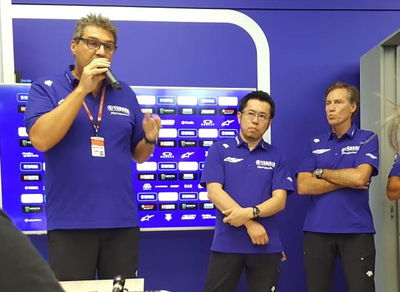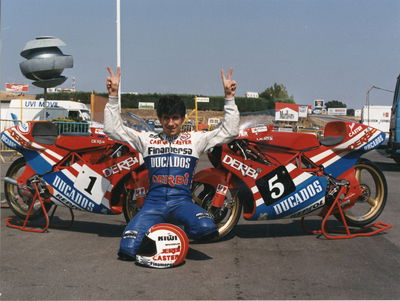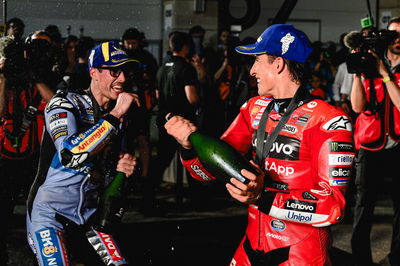Yamaha: Project leader ‘rotation nothing special’
Yamaha Motor Racing president Kouichi Tsuji has attempted to play down the factory’s decision to replace its MotoGP project leader ahead of the 2019 season by insisting it was a matter of personnel “rotation.”
News appeared last week stating Kouiji Tsuya, Yamaha’s project leader in 2017 and ’18, had been replaced by Takahiro Sumi, a factory engineer with a background in chassis design.

Yamaha Motor Racing president Kouichi Tsuji has attempted to play down the factory’s decision to replace its MotoGP project leader ahead of the 2019 season by insisting it was a matter of personnel “rotation.”
News appeared last week stating Kouiji Tsuya, Yamaha’s project leader in 2017 and ’18, had been replaced by Takahiro Sumi, a factory engineer with a background in chassis design.
Considering Yamaha’s results last year fell well below the standards set by its recent history and riders Valentino Rossi and Maverick Viñales, it is believed the change was performance-related.
Aside from overseeing just one win and ten podiums from last year’s 19-round season, Tsuya had the ignominy of fronting up to the media in Austria to offer a public apology to both of his riders after a disastrous qualifying session.
Speaking at the team launch for the Sepang Racing Team, Yamaha’s new satellite squad, Tsuji confirmed the change and said the move was “normal … nothing special." It amounted to little more than staff “rotation” in his eyes.
“The new project leader is what we call the MotoGP group leader. His name is [Takahiro] Sumi. He was a chassis designer.
“Many times we have to have some rotation to think about improving the future. This was nothing special. It was just very normal,” said Tsuji.
Among the primary points on Sumi’s ‘To do’ list is the need to provide a more docile M1 engine, and upgrade the electronics package, a source of frustration for factory riders since 2017.
Tsuji also used a press conference featuring key figures of the new SRT MotoGP project to state the importance of having a competitive satellite team among Yamaha’s ranks.
“For sure, the satellite team is very important for developing the bike,” he said. “We can get more data from four riders. Not only the technical control, but each rider can have some growth together.”
On the difference between rider Franco Morbidelli and class rookie Fabio Quartararo’s 2019 machines, Tsuji gave little away.
“Finally, they will give the chance to make a better result and this will be beneficial for them.
“We are always treating equal for the teams and the four riders, to have the same components as much as possible. That means that finally we ask from Yamaha [because] this can have a benefit.
“We ask from the satellite team some sort of difference. But here we have really similar bikes.”











